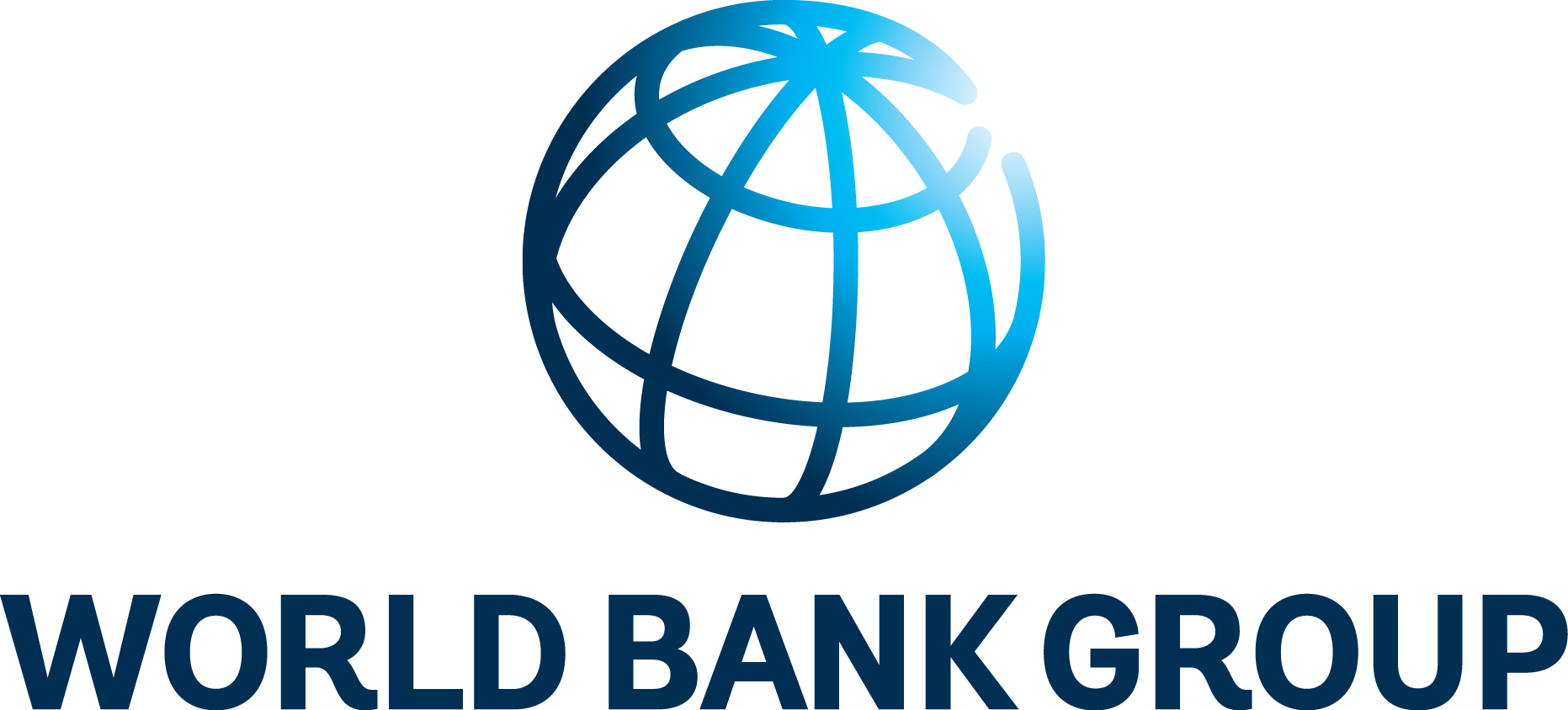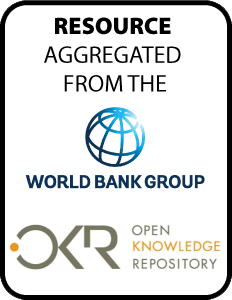The World Bank is a vital source of financial and technical assistance to developing countries around the world. We are not a bank in the ordinary sense but a unique partnership to reduce poverty and support development. The World Bank Group has two ambitious goals: End extreme poverty within a generation and boost shared prosperity.
- To end extreme poverty, the Bank's goal is to decrease the percentage of people living on less than $1.25 a day to no more than 3% by 2030.
- To promote shared prosperity, the goal is to promote income growth of the bottom 40% of the population in each country.
The World Bank Group comprises five institutions managed by their member countries.
The World Bank Group and Land: Working to protect the rights of existing land users and to help secure benefits for smallholder farmers
The World Bank (IBRD and IDA) interacts primarily with governments to increase agricultural productivity, strengthen land tenure policies and improve land governance. More than 90% of the World Bank’s agriculture portfolio focuses on the productivity and access to markets by small holder farmers. Ten percent of our projects focus on the governance of land tenure.
Similarly, investments by the International Finance Corporation (IFC), the World Bank Group’s private sector arm, including those in larger scale enterprises, overwhelmingly support smallholder farmers through improved access to finance, inputs and markets, and as direct suppliers. IFC invests in environmentally and socially sustainable private enterprises in all parts of the value chain (inputs such as irrigation and fertilizers, primary production, processing, transport and storage, traders, and risk management facilities including weather/crop insurance, warehouse financing, etc
For more information, visit the World Bank Group and land and food security (https://www.worldbank.org/en/topic/agriculture/brief/land-and-food-security1
Resources
Displaying 661 - 665 of 4907GRI Index Fiscal 2014
The World Bank (WB) supports the global
reporting initiative (GRI) and is one of the GRI chapter
groups of founding members. The topics deemed relevant for
disclosure were identified by assessing annual corporate
priorities outlined by the institutions’ Boards and
President, considering stakeholder input, as well as
ascertaining sustainability impacts of carrying out the
mission and vision. To determine if a GRI aspect is material
Poverty Profile in Lao PDR
The report starts with an overview of
poverty and inequality estimates in chapter one, focusing on
the trends in poverty and the distributional pattern of
growth between 2002-3 and 2012-13. Chapter two then provides
a description of the poverty profile by geographical and
household characteristics, both in terms of the levels of
poverty and its rate of change. Consumption patterns are
presented in chapter three, and other socio-economic
World Bank Research Digest, Vol. 10(1)
This issue includes the following
headings: Climate Change and Rural Livelihoods in
Bangladesh; Natural Disasters and Household Well-Being; Road
Improvement and Deforestation, Pathways toward Zero-Carbon
Electricity; The Need for Broader Information in Climate
Change Assessment; Effectiveness of Protected Areas; and
Vulnerability to Malnutrition in the West African Sahel
Flood Risk in Road Networks
Road networks are essential for
economic, social, environmental, and security reasons. Road
networks are therefore considered critical networks
according to the consequences of their disruptions (Tacnet
and Mermet 2012). Flooding poses an important threat to
roads, and can lead to massive obstruction of traffic and
damage to road structures, with possible long-term effects
(Buren and Buma 2012). Flooding leads to significant repair
Our People, Our Resources
This report presents a brief discussion
of indigenous peoples’ development as evidenced in a select
number of case studies about World Bank financed projects
that had a positive impact on indigenous peoples’
communities. The main objective of this study is to identify
and document good practices and lessons learned that can be
shared with World Bank staff, borrower governments, and
Indigenous Peoples’ organizations to help improve the design






